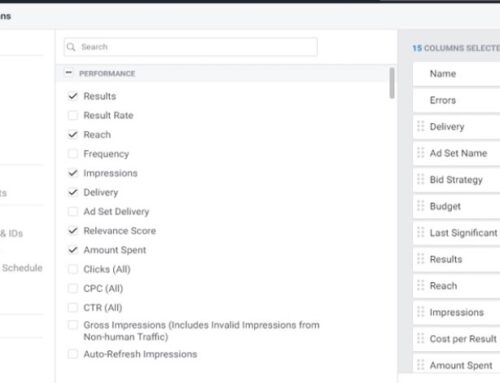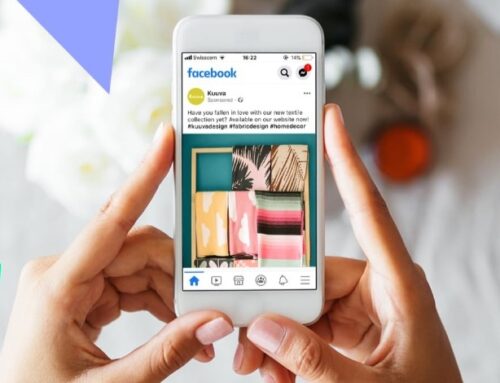This is a continuation of the “on advertising notes” that I created, it is an accumulation of my own and influenced thoughts regarding advertising; part 3. Part 2 can be found here.
• • •
No advertising campaign should be launched to change consumer habits. It is usually costly and unprofitable. Advertising should be used to promote already established habits of society.
–
A thousand dollars of effective advertising can do more than ten thousand dollars of ineffective advertising.
–
The essence of testing in ads is to find out what is wanted and what is not wanted by our customers.
–
If my client is of the lumber business and we are tasked to sell wood, I will show a picture of fresh-cut lumber. I will not show a photo of an abstract artist’s drawing of a tree and hope that the customer figures out what I am trying to sell.
–
So the golden rule is – will a kid understand what my ad is selling? If the answer is no, it cannot sell.
–
Artists rarely sell, advertising skill is reserved for salesmen.
–
Telegraphic style should be used when writing small ads. Most ads today are small ads because of the attention span of users, they only have a few seconds to read your ad.
–
Test the headlines. Most of the time that’s all you need to test. There’s a huge percentage of readers that will not read past your headlines.
–
You can write the most amazing copy on a revolutionizing diet formula, unless paired with a successful headline it will almost always fail.
–
Headlines cannot contain conceit to gain favorable action, the best ads are written on the ground of honesty.
–
Advertising is mostly a game of using the right words.
–
You as an advertiser is hired by a company that manufactures pens. There is a new pen designed for corporate use, and you really like the product. But you are tasked to sell it in 3 words. What would you say?
“Buy this pen!” “Cheap corporate pen!” “Handy Corporate Pen!” “Office executive pens!” These will barely differentiate you from your market.
With a bit of fire of imagination, you can capture attention with-
Immortal Pen, $4.95. (on the landing page you can explain why it is an ‘immortal’ pen. Perhaps because of its durable-design, or its ink lasts 3x as long than regular pens. This is where the manufacturer’s product must deliver.)
The President’s Pen. (Why president? Explain that on the landing page. Is this to inspire every executive that one day they too can become the company’s president?)
–
This brings us to the next point – your product is always king. Advertising is queen. It is always second to the product. An ad man cannot replace the product, they cannot even stop the worst product from failing in the market. Because the customers are the jury.
–
Smart or overly cute ads don’t work. It’s the ads that arouse desire in the customer that pays. It is the ads that speak simply and directly to the customer and tells him of our value, that pays.
–
Selling is the first principle of advertising. Therefore we learn to judge all ads by it’s sales.
–
Many times the ads we think would win turn out to be the worst. The ads that we thought will fare average turn out to be the best. We let our customers decide the winners. Advertising men can only test, and test with proven concepts and experience.
–
The best ads makes the customer want to buy. They invoke curiosity, arouses desire, pushes urgency.
–
The best ads draw no attention to themselves. When the customer claps at your ad and says “this is brilliant marketing”, but he won’t grab his wallet out to pay. It is a shame. Advertising’s first principle is to sell, not to win praise for “artistry” or “cleverness”.
–
Good advertising are easy to read. It uses words that the masses understand. It is usually the result of countless experiments and a long series of editions.
–
Never start with negativity in your headlines, unless the result is backed by data, then use it cautiously.
-End-





